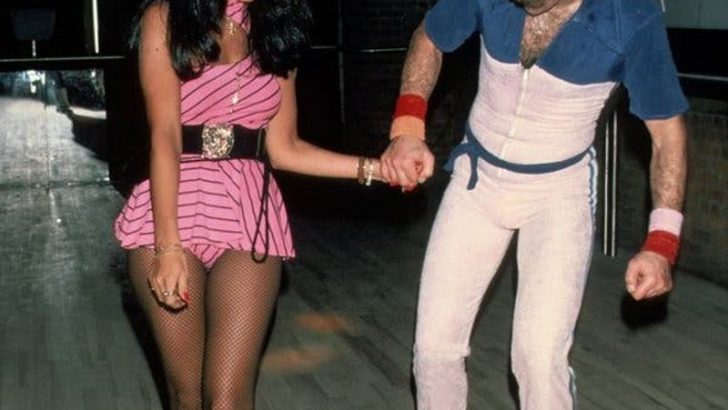Before therapy became mainstream, couples in the 1970s had their own unique ways of working through relationship conflicts. These methods, born from practicality and the cultural norms of the era, often emphasized communication, compromise, and creative problem-solving. While professional counseling wasn’t readily accessible or socially accepted, many couples developed surprisingly effective strategies for maintaining harmony in their relationships. These time-tested approaches offer insights into how love and commitment can overcome disagreements through patience, understanding, and old-fashioned ingenuity.
1. The Sunday Drive Solution
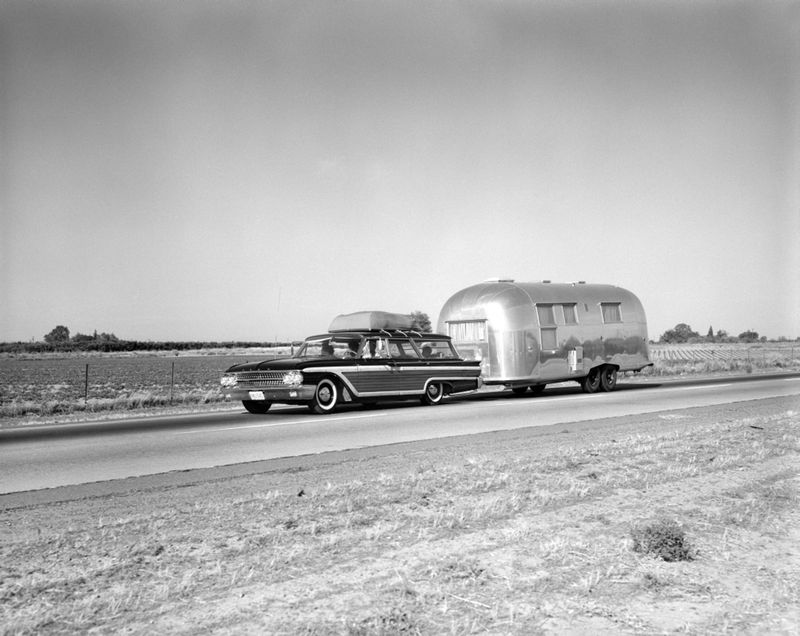
Nothing cleared the air quite like a long Sunday drive in the family station wagon. Couples would pile into their wood-paneled vehicles and cruise the countryside, windows down, music low. The neutral territory of the open road created a space where tensions naturally dissipated. Without the distractions of home, heated words transformed into thoughtful conversations. The rhythmic hum of the engine and changing scenery provided a calming backdrop for working through issues. By the time they returned home, most disagreements had resolved themselves, replaced by renewed appreciation for each other’s company and the simple pleasure of being together.
2. Kitchen Table Negotiations
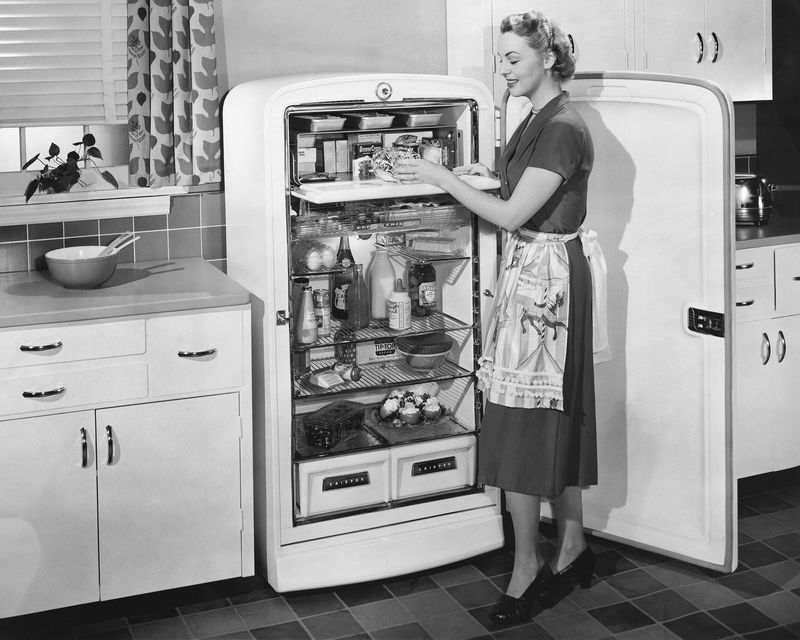
The kitchen table served as the unofficial mediator in countless ’70s households. Couples would sit across from each other with steaming cups of coffee, laying out their grievances like playing cards. The familiar comfort of their dining space created an atmosphere of safety and openness. Ground rules were simple: no interrupting, no name-calling, and no storming off until both sides had their say. The physical act of sitting down together signaled a commitment to working things out. Many couples found that by the time the coffee pot was empty, their problems seemed more manageable and solutions more apparent.
3. The Silent Treatment Cool-Down
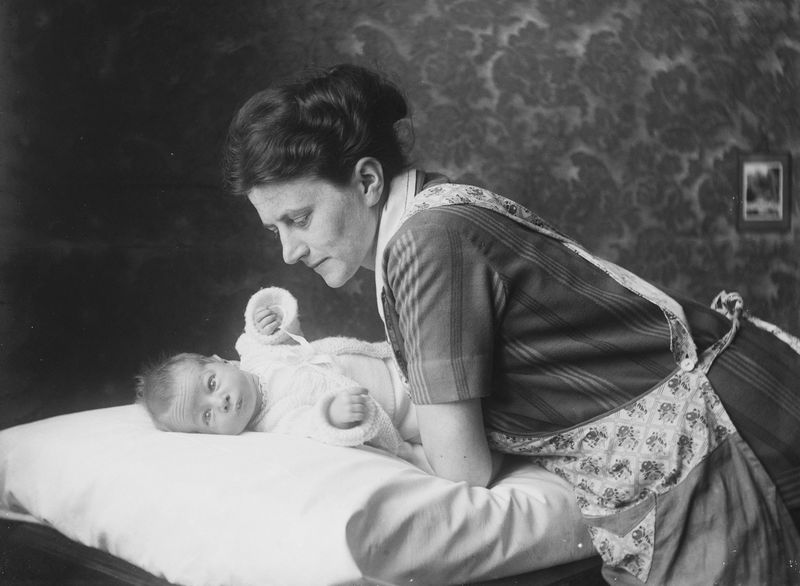
While often criticized today, the strategic use of silence allowed heated emotions to cool naturally. Couples would retreat to separate spaces—he to the garage, she to the garden—giving each other time to process their feelings. This wasn’t about punishment but about preventing words that couldn’t be taken back. The quiet period created space for reflection and often led to genuine apologies. When they finally spoke again, it was usually with softer voices and clearer thoughts. The silence taught them that not every feeling needed immediate expression and that sometimes the most loving thing was simply giving each other space to breathe.
4. Dancing It Out
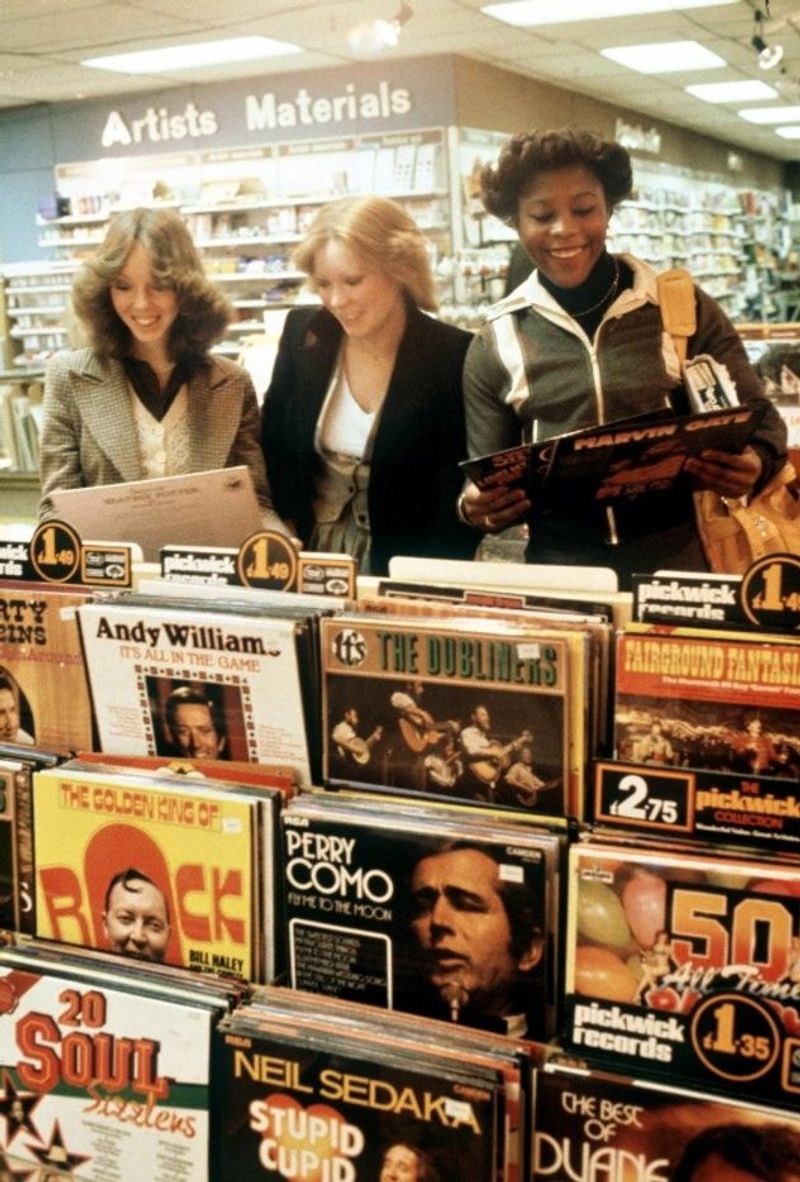
When words failed, couples turned to the universal language of movement. They’d put on their favorite record—whether it was Barry White or Fleetwood Mac—and dance in their living room. The physical closeness and shared rhythm naturally broke down barriers that harsh words had built up. Dancing required cooperation and trust, reminding couples why they fell in love in the first place. The music provided emotional release, while the movement helped discharge built-up tension. By the end of the song, most arguments seemed trivial compared to the joy of being in each other’s arms, moving together in perfect harmony.
5. The Handwritten Letter Exchange

In an era before email and texting, couples discovered the power of the written word. They’d retreat to separate rooms and pour their hearts onto paper, crafting letters that expressed their deepest feelings. The act of writing forced them to slow down and really consider their words, often revealing the root of their disagreement. These letters were then exchanged and read in private, allowing each person to absorb their partner’s perspective without the pressure of immediate response. The physical act of writing by hand added intimacy and sincerity to their communications, creating lasting documents of their commitment to understanding each other.
6. The Shared Project Approach
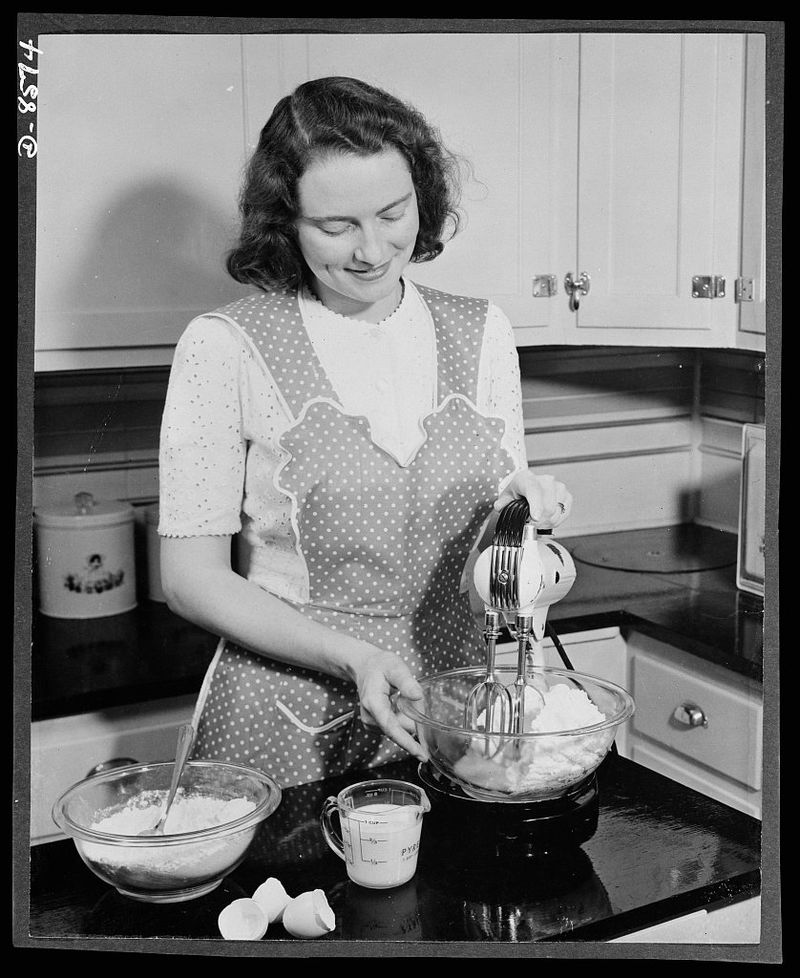
Nothing united a feuding couple quite like a common goal. Whether it was refinishing furniture, planting a garden, or organizing the garage, working together toward a shared objective naturally shifted focus from their conflict to their collaboration. The satisfaction of creating something together reminded them that they were teammates, not adversaries. Physical labor provided an outlet for frustration while the project’s completion gave them a sense of shared accomplishment. Many couples found that by the time they finished sanding that dresser or painting that fence, their original argument had been replaced by pride in what they’d built together.
7. The Mediating Friend System
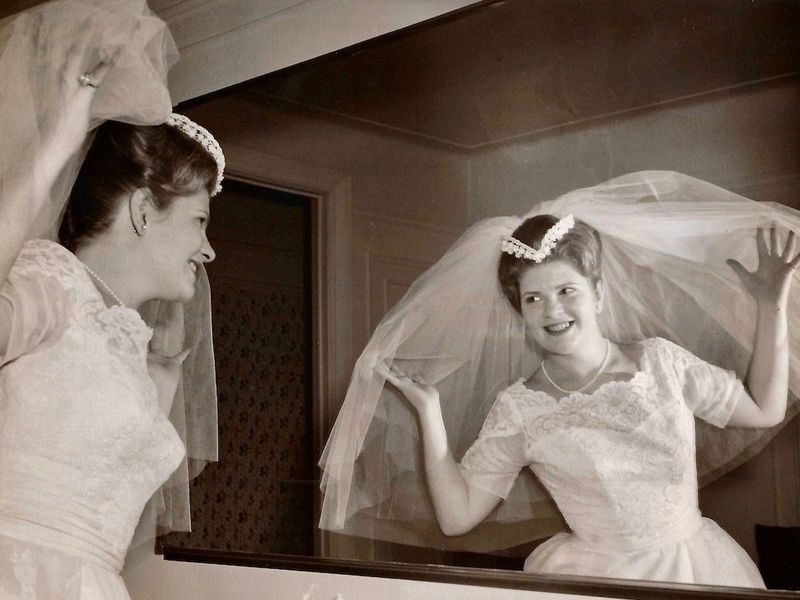
Close friends often served as informal relationship counselors in the ’70s. Couples would seek out wise friends or family members who knew both parties well and could offer neutral perspective. These mediators weren’t trained professionals, but they provided valuable outside viewpoints and gentle guidance. The process of explaining their conflict to someone else often helped couples gain clarity on their own positions. Good friends knew when to listen, when to offer advice, and when to simply remind the couple of their strengths as a partnership. This community-based approach to conflict resolution strengthened not just marriages but entire social networks.
8. The Cooking Together Ritual
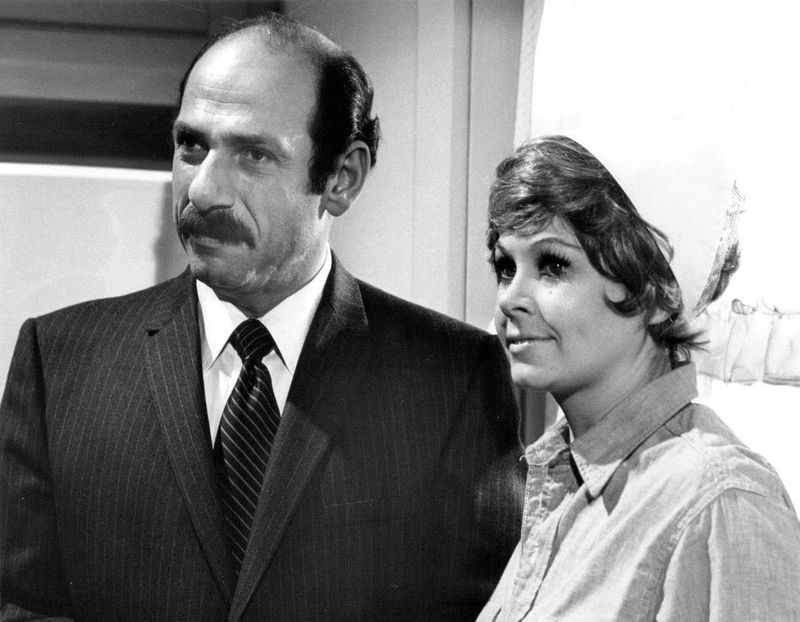
Preparing meals together became a natural path to reconciliation. The kitchen provided a safe, domestic space where couples could work side by side without the intensity of face-to-face confrontation. Chopping vegetables, stirring sauces, and sharing tastes created opportunities for gentle conversation and gradual reconnection. The act of creating something nourishing together symbolized their commitment to caring for each other despite their differences. By the time dinner was ready, most couples found their anger had simmered down along with the stew. The shared meal that followed became a celebration of their renewed harmony and partnership.
9. The Bedroom Makeup Method
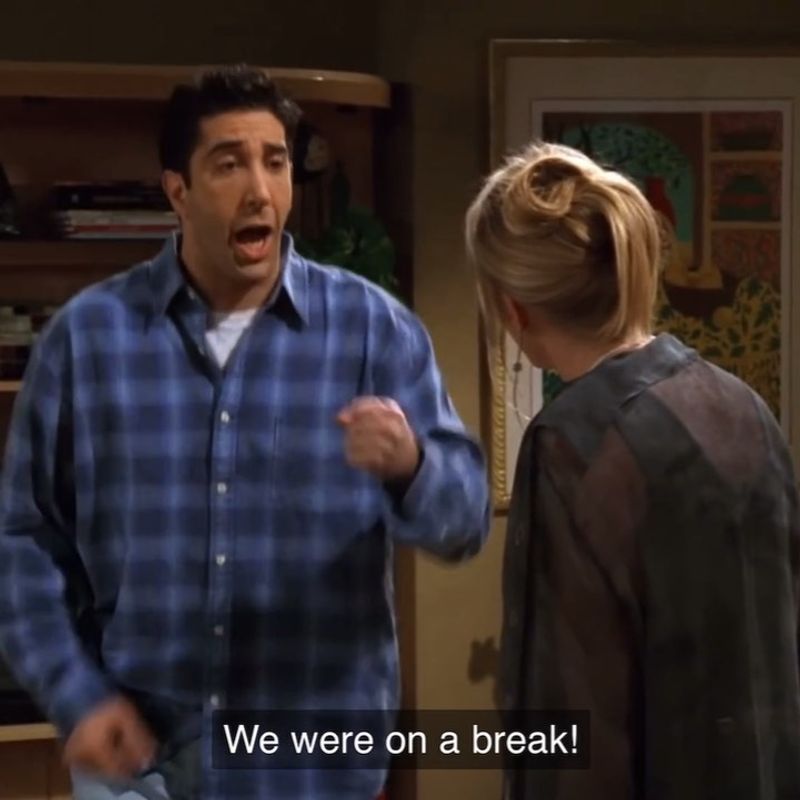
Physical intimacy often served as both conflict resolution and reconnection tool. Couples understood that their bedroom was sacred space where arguments didn’t belong. The vulnerability required for physical closeness naturally broke down emotional barriers and reminded them of their deep connection. This approach wasn’t about avoiding issues but about reestablishing their bond before addressing problems. The oxytocin released during intimate moments created feelings of trust and affection that made difficult conversations more manageable. Many couples found that after reconnecting physically, they could approach their disagreements with more love and less defensiveness, ultimately strengthening both their relationship and their conflict resolution skills.
10. The Television Truce
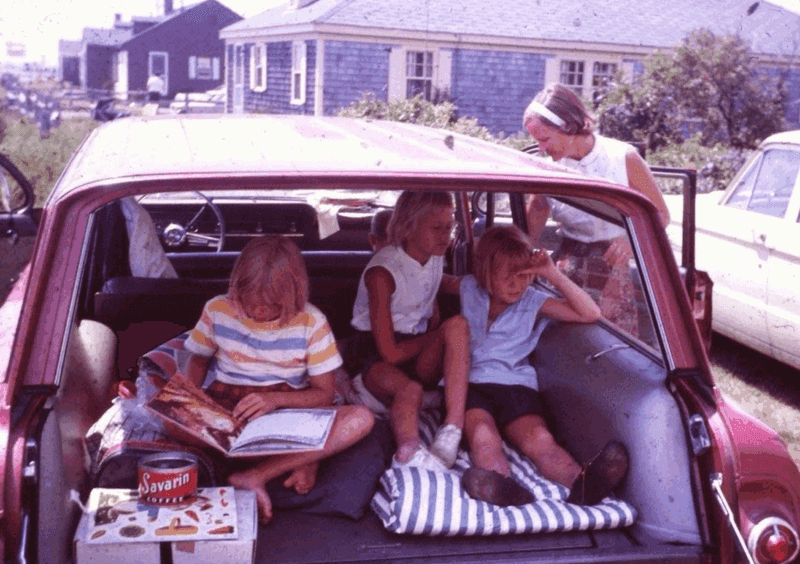
Settling in to watch their favorite shows together provided neutral ground for cooling down after heated exchanges. The shared experience of following storylines and characters created common ground that reminded couples they were on the same team. Sitting together on the couch, sharing popcorn and commentary, naturally eased tensions and opened doors for gentle conversation during commercial breaks. Popular shows like “The Waltons” or “Little House on the Prairie” often featured family conflicts being resolved with love and communication, providing inspiration for real-life couples. The simple act of choosing to spend time together, even in silence, demonstrated commitment to the relationship beyond temporary disagreements.
11. The Walk and Talk Strategy

Evening walks around the neighborhood became moving therapy sessions for many couples. The physical activity helped release built-up stress while the changing scenery kept conversations from becoming too intense or circular. Walking side by side, rather than facing each other, reduced the confrontational aspect of difficult discussions. The rhythm of their steps often synchronized their breathing and created a natural pace for conversation. Neighbors’ gardens, interesting architecture, and friendly waves from acquaintances provided gentle distractions that kept emotions from escalating. By the time they completed their circuit around the block, most couples had worked through their issues and reconnected with each other.
12. The Letter Writing Campaign
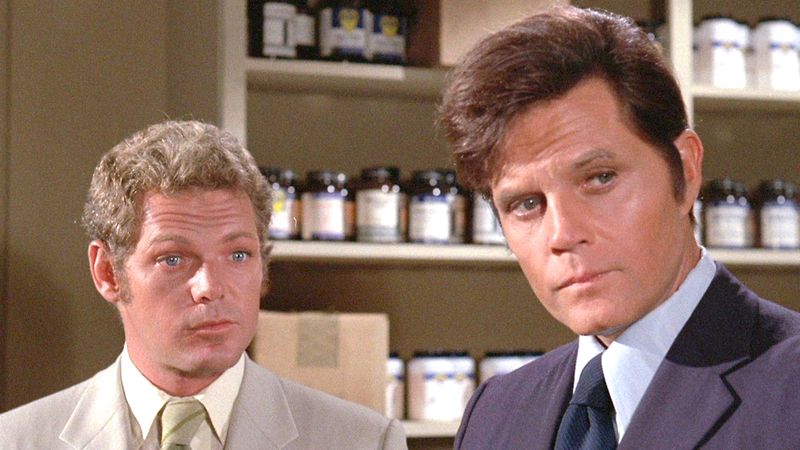
Some couples developed elaborate letter-writing campaigns, even while living in the same house. They’d leave notes in lunch boxes, tape them to bathroom mirrors, or slip them under pillows. These written communications allowed for thoughtful expression without the heat of verbal arguments. The anticipation of finding and reading each other’s messages created a sense of romance and playfulness that diffused tension. Writing forced them to be more thoughtful and less reactive, often leading to more productive discussions. The physical letters became keepsakes that reminded them of their commitment to communication and their ability to work through difficulties with creativity and love.
13. The Hobby Sharing Solution

Couples discovered that sharing hobbies created natural opportunities for reconnection after disagreements. Whether it was building model airplanes, working on jigsaw puzzles, or tending to houseplants, these activities provided common ground that transcended temporary conflicts. The focus required for detailed work naturally shifted attention away from grievances and toward shared accomplishment. Teaching each other new skills or learning together created positive interactions that rebuilt trust and affection. The time spent pursuing hobbies together reminded couples of their compatibility and shared interests, often making their original arguments seem less important than their partnership and mutual enjoyment of life’s simple pleasures.
14. The Double Date Distraction
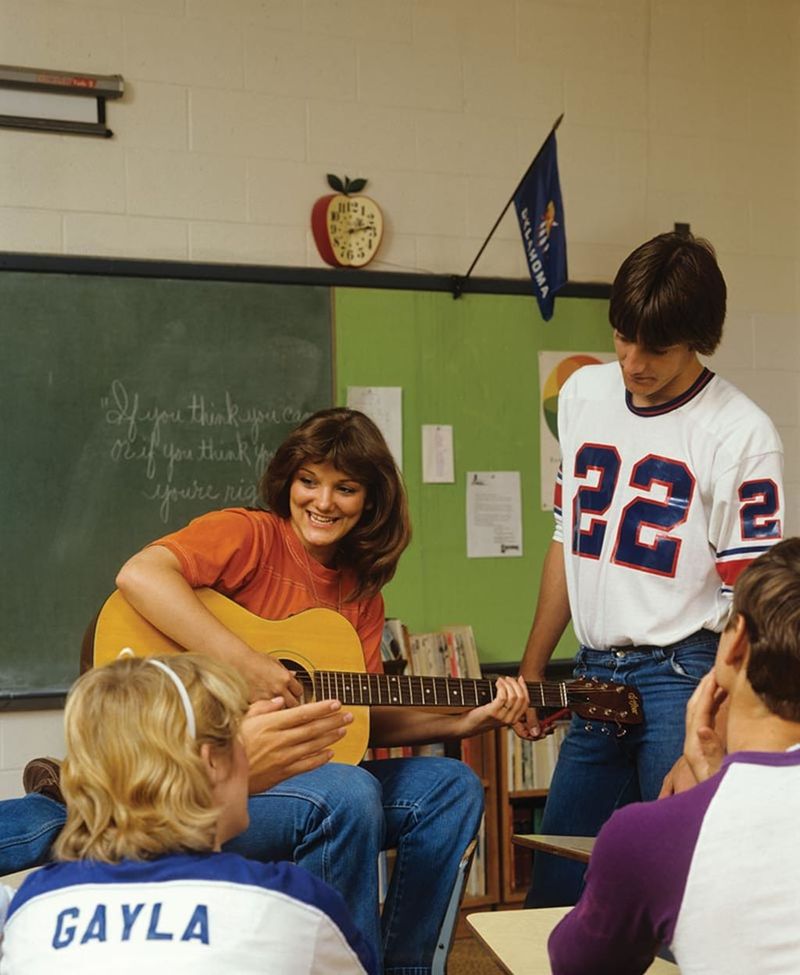
Scheduling double dates with other couples provided external perspective and natural conflict resolution. Being around other people encouraged couples to present their best selves and work together as a team. The presence of friends created a buffer that prevented heated arguments while still allowing for subtle communication and support. Observing other couples’ dynamics often provided insights into their own relationship patterns. The social pressure to be gracious and loving often helped couples remember what they appreciated about each other. By the end of the evening, most couples found their earlier conflicts had been replaced by renewed appreciation for their partnership and the fun they could have together.
15. The Surprise Gesture Approach

Small, unexpected gestures often served as olive branches after disagreements. He might bring home her favorite candy bar, or she might iron his best shirt without being asked. These acts of service demonstrated care and consideration that words sometimes couldn’t express. The surprise element showed that despite their conflict, they were still thinking of each other’s happiness and comfort. These gestures weren’t about grand romantic displays but about the small, everyday actions that showed love and commitment. The recipient of such kindness often felt moved to reciprocate, creating a positive cycle that naturally led to reconciliation and renewed affection.
16. The Time-Out Technique

Couples learned to recognize when discussions were becoming unproductive and would mutually agree to take a break. Unlike storming off in anger, this was a conscious decision to pause and regroup. They’d set a specific time to reconvene, usually later that evening or the next day. This cooling-off period allowed emotions to settle and gave both parties time to reflect on their positions. The commitment to return to the conversation showed respect for the relationship and the issue at hand. When they reunited, they often found that time had provided clarity and perspective, making resolution easier and more genuine than if they’d forced the conversation to continue in the heat of the moment.

